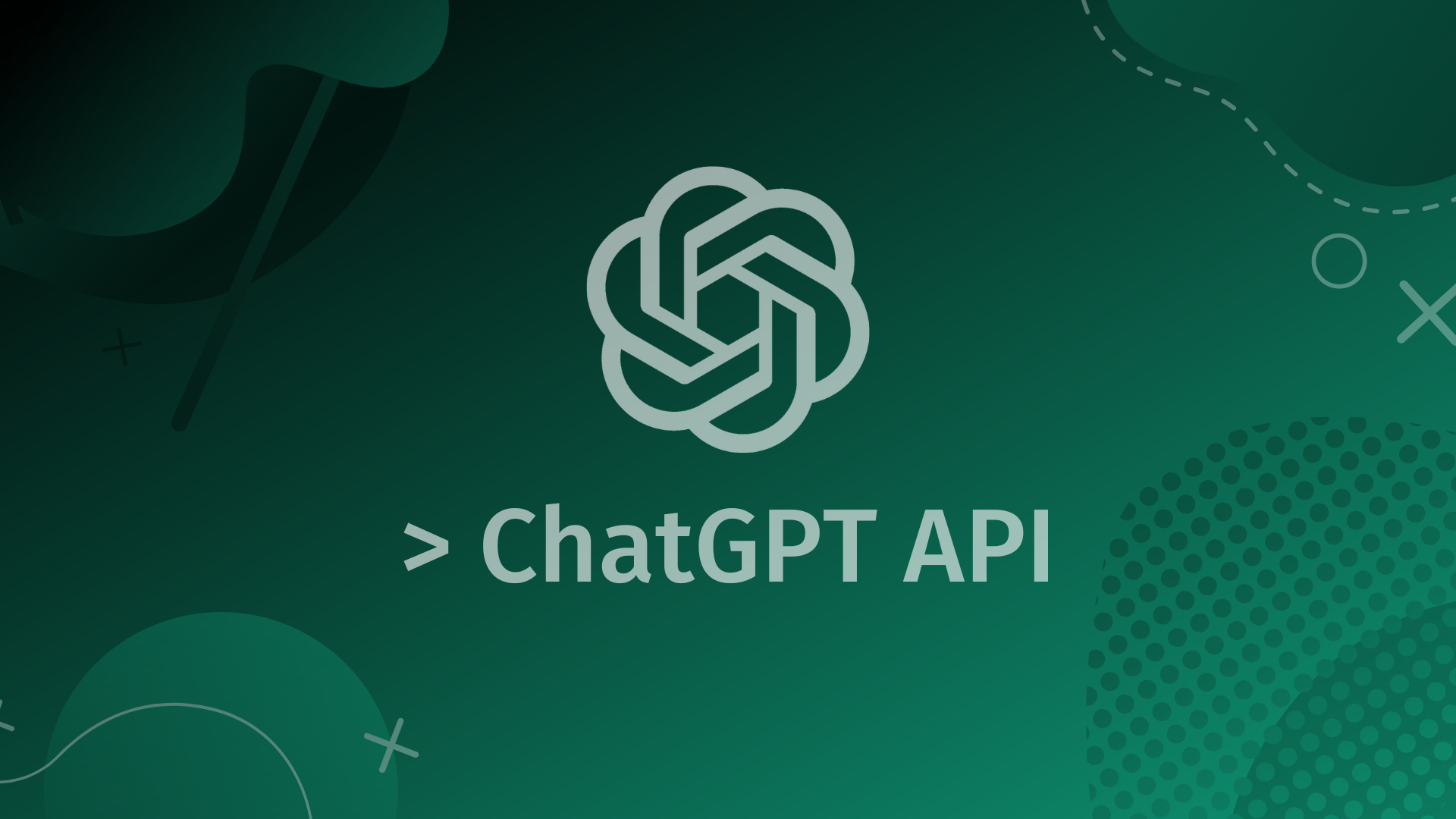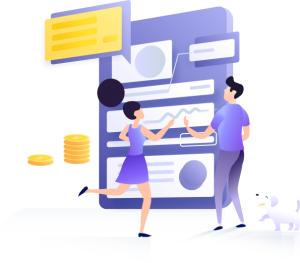Integrating ChatGPT with LINE API: Transforming Communication

In an era where effective communication is paramount, integrating advanced AI technologies into popular messaging platforms has become a game-changer. One such innovative development is the integration of OpenAI’s ChatGPT with the LINE API. This combination leverages the sophisticated conversational capabilities of ChatGPT and the widespread use of LINE, offering users enhanced and intelligent interactions.
What is ChatGPT?
ChatGPT, developed by OpenAI, is an advanced language model that utilizes deep learning techniques to generate human-like text based on the input it receives. Trained on diverse datasets, ChatGPT can understand context, answer questions, and engage in meaningful dialogues across various topics. Its versatility makes it an ideal tool for numerous applications, from customer support to personal assistants.
Understanding LINE API
LINE is a popular messaging app, particularly in Asia, boasting millions of users. The LINE API enables developers to create bots and integrate services that can interact with users on the LINE platform. This API allows for sending and receiving messages, handling multimedia content, and managing user interactions efficiently.
Benefits of Integrating ChatGPT with LINE API
1. Enhanced User Engagement
Integrating ChatGPT with the LINE API significantly enhances user engagement. ChatGPT’s ability to generate coherent and contextually appropriate responses ensures that users receive accurate and helpful information, leading to more satisfying interactions.
2. Automated Customer Support
Businesses can leverage this integration to automate customer support. ChatGPT can handle a wide range of customer inquiries, providing instant responses and solutions. This reduces the workload on human support agents and ensures customers receive prompt assistance.
3. Personalized Interactions
ChatGPT’s advanced natural language processing capabilities allow it to tailor responses based on individual user preferences and past interactions. This personalization creates a more engaging and user-friendly experience, fostering customer loyalty.
4. Multilingual Support
Given LINE’s global user base, the ability of ChatGPT to understand and respond in multiple languages is a significant advantage. This integration can bridge communication gaps, making it easier for businesses to reach and support a diverse audience.
5. Scalability
For businesses, the combination of ChatGPT and the LINE API offers a scalable solution. As user interactions increase, ChatGPT can handle more conversations simultaneously without compromising on the quality of responses, ensuring seamless service at all times.
How to Integrate ChatGPT with LINE API
Step 1: Set Up a LINE Developer Account
Begin by creating a LINE Developer account and setting up a new messaging API channel. This will provide you with the necessary credentials, including the Channel ID, Channel Secret, and Access Token.
Step 2: Develop the ChatGPT Bot
Create a server (using platforms like Node.js, Python, etc.) that will host your ChatGPT bot. Use the OpenAI API to integrate ChatGPT into your server, enabling it to process user messages and generate responses.
Step 3: Connect LINE API with ChatGPT Server
Configure the webhook URL in your LINE Developer console to point to your server. This will ensure that any messages sent to your LINE bot are forwarded to your ChatGPT server for processing.
Step 4: Implement Message Handling Logic
Develop the logic to handle incoming messages from LINE, process them using ChatGPT, and send back appropriate responses. Ensure your bot can handle different types of content, such as text, images, and videos, to provide a rich user experience.
Step 5: Test and Deploy
Thoroughly test the integration to ensure seamless communication between LINE users and your ChatGPT bot. Once satisfied with the performance, deploy your solution and monitor its interactions to continuously improve the service.
Conclusion
Integrating ChatGPT with the LINE API opens up a world of possibilities for enhancing communication and user engagement. This powerful combination provides businesses and individuals with a sophisticated tool for automating conversations, offering personalized interactions, and supporting users across different languages and contexts. By leveraging these technologies, we can create more intelligent and responsive communication channels that meet the evolving needs of users worldwide.

